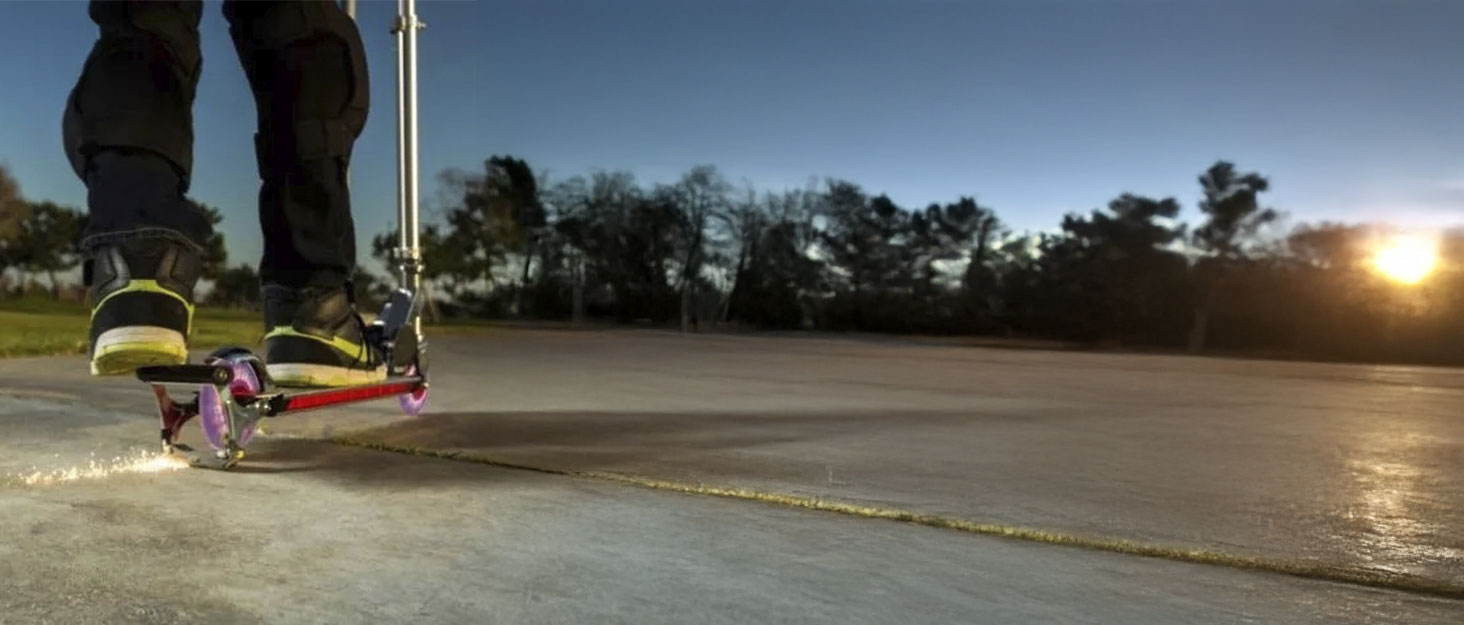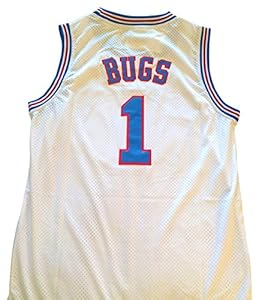The Toyota Tundra is a robust and versatile truck that has garnered a loyal following since its inception. Whether you use it for work, play, or daily commuting, customizing your Tundra can enhance its performance, aesthetics, and functionality. This comprehensive guide will walk you through the steps of customizing your Toyota Tundra, from the basics to advanced modifications. Let’s dive in!
Understanding Your Toyota Tundra: The Basics
Before diving into customization, it’s essential to understand the different models and trims of the Toyota Tundra. The Tundra is available in various configurations, including:
- Work Truck: Basic features designed for utility.
- SR5: A mid-range option with added comfort.
- Limited: Offers more luxury features and tech.
- Platinum: Premium features for a high-end feel.
- 1794 Edition: A unique blend of ruggedness and luxury.
- TRD Pro: Designed for off-road performance.
Understanding your Tundra’s specifications and features will help you make informed decisions when customizing.
Step 1: Set Your Goals for Customization
Before you start modifying your Tundra, define your goals. What do you want to achieve with your customization? Here are some common objectives:
- Improving Performance: Enhancing engine power, fuel efficiency, or towing capacity.
- Enhancing Aesthetics: Customizing the look with paint, decals, or body kits.
- Increasing Functionality: Adding features like storage solutions, towing accessories, or off-road capabilities.
By setting clear goals, you can prioritize your modifications and budget accordingly.
Step 2: Research Customization Options
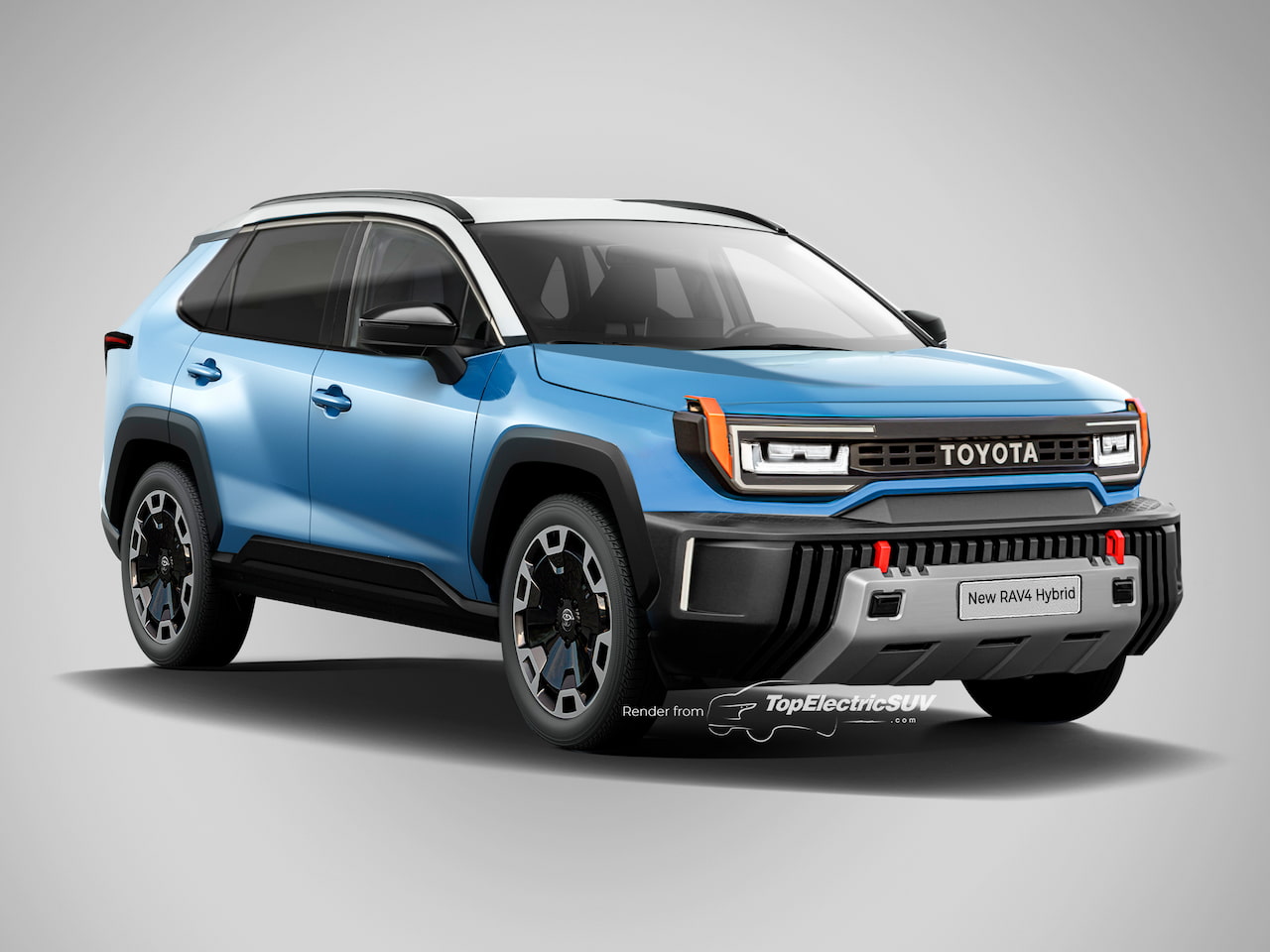
Once you’ve established your goals, research the various customization options available for your Tundra. Here are some popular categories of modifications:
Performance Enhancements
- Cold Air Intakes: Improve engine airflow for better performance.
- Performance Exhaust Systems: Increase horsepower and provide a more aggressive sound.
- ECU Tuning: Optimize engine performance through software adjustments.
- Suspension Upgrades: Enhance ride quality and off-road capabilities.
Aesthetic Modifications
- Custom Paint Jobs: Stand out with unique color schemes.
- Graphics and Decals: Add personal touches with vinyl wraps or decals.
- Aftermarket Wheels: Upgrade to stylish or rugged wheel designs.
- LED Lighting: Improve visibility and aesthetics with new lighting options.
Functional Upgrades

- Towing Equipment: Install hitches, cargo management systems, and brake controllers.
- Storage Solutions: Add bed liners, toolboxes, and cargo organizers.
- Off-Road Accessories: Upgrade with skid plates, winches, and off-road tires.
- Interior Upgrades: Enhance comfort and tech with new seat covers, infotainment systems, and floor mats.
Research each option thoroughly to understand the benefits, costs, and installation processes involved.
Step 3: Budgeting for Your Customization
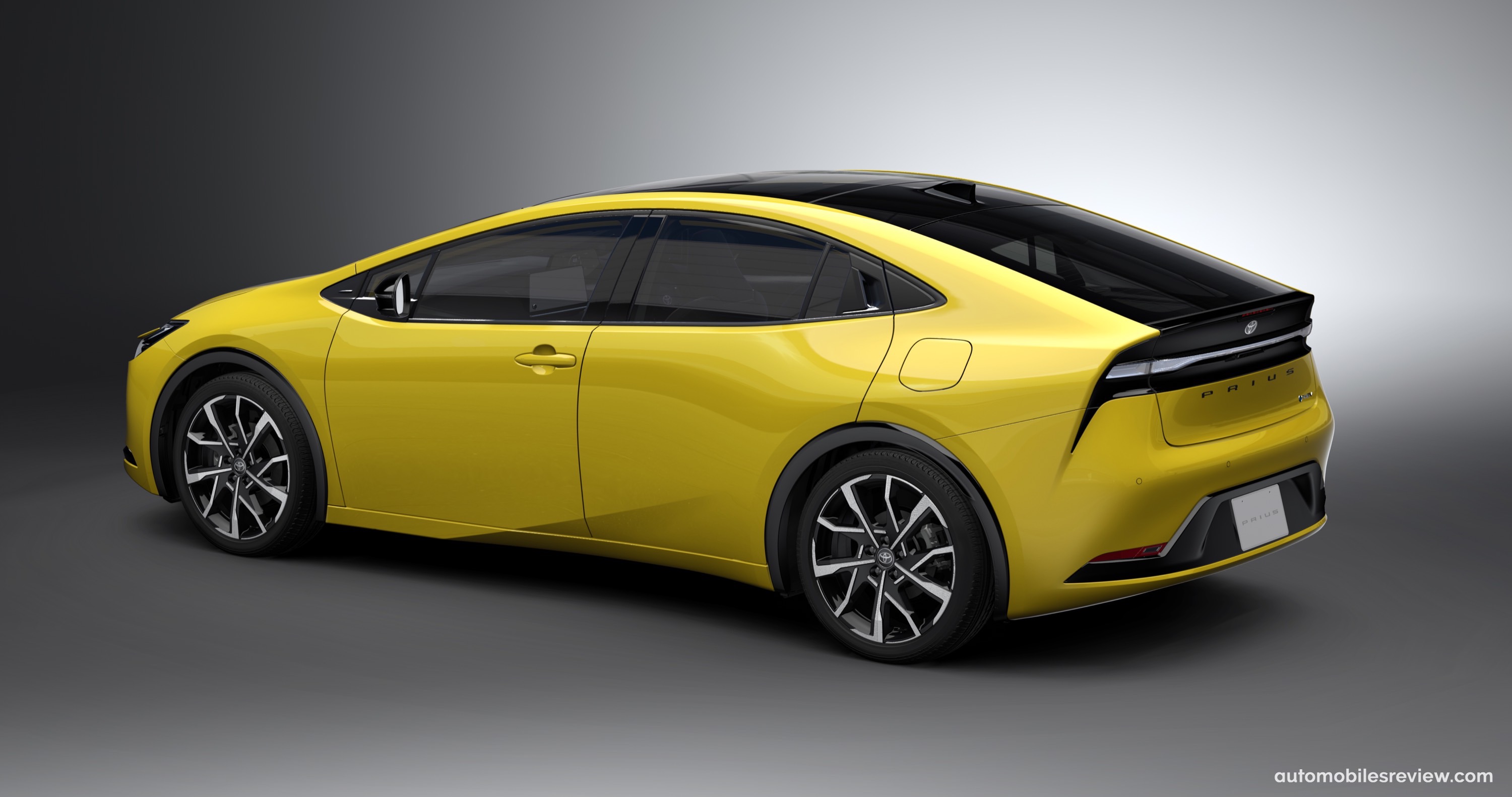
Customization can range from minor tweaks to significant overhauls, so establishing a budget is crucial. Consider the following when budgeting:
- Parts Costs: Research prices for parts and accessories you want to install.
- Labor Costs: Factor in the cost of professional installation if you’re not DIY-ing.
- Maintenance: Some modifications might increase maintenance costs over time.
- Resale Value: Consider how your modifications may affect the resale value of your Tundra.
Setting a realistic budget helps you avoid overspending and prioritize essential upgrades.
Step 4: DIY vs. Professional Installation

Deciding whether to tackle modifications yourself or hire a professional is a critical step. Here are some considerations:
DIY Installation
- Cost-Effective: Saves money on labor costs.
- Personal Satisfaction: Completing a project can be rewarding.
- Learning Opportunity: Gain hands-on experience with your vehicle.
Professional Installation
- Expertise: Professionals have the experience to ensure proper installation.
- Time-Saving: Saves you the hassle and time of DIY work.
- Warranty Protection: Some modifications may come with warranties if installed by professionals.
Evaluate your skill level and comfort with tools to make the best decision for each modification.
Step 5: Step-by-Step Customization Process
Now that you have your goals, budget, and installation method decided, it’s time to get started. Here’s a step-by-step process to guide your customization:
Choosing Your Modifications
Based on your goals, select the modifications you want to implement. Prioritize them based on budget and importance.
Gathering Tools and Parts
If you’re going the DIY route, ensure you have all necessary tools and parts before starting. This may include:
- Wrenches and sockets
- Drills and drill bits
- Jack and jack stands
- Torque wrench
- Basic hand tools
Executing the Modifications
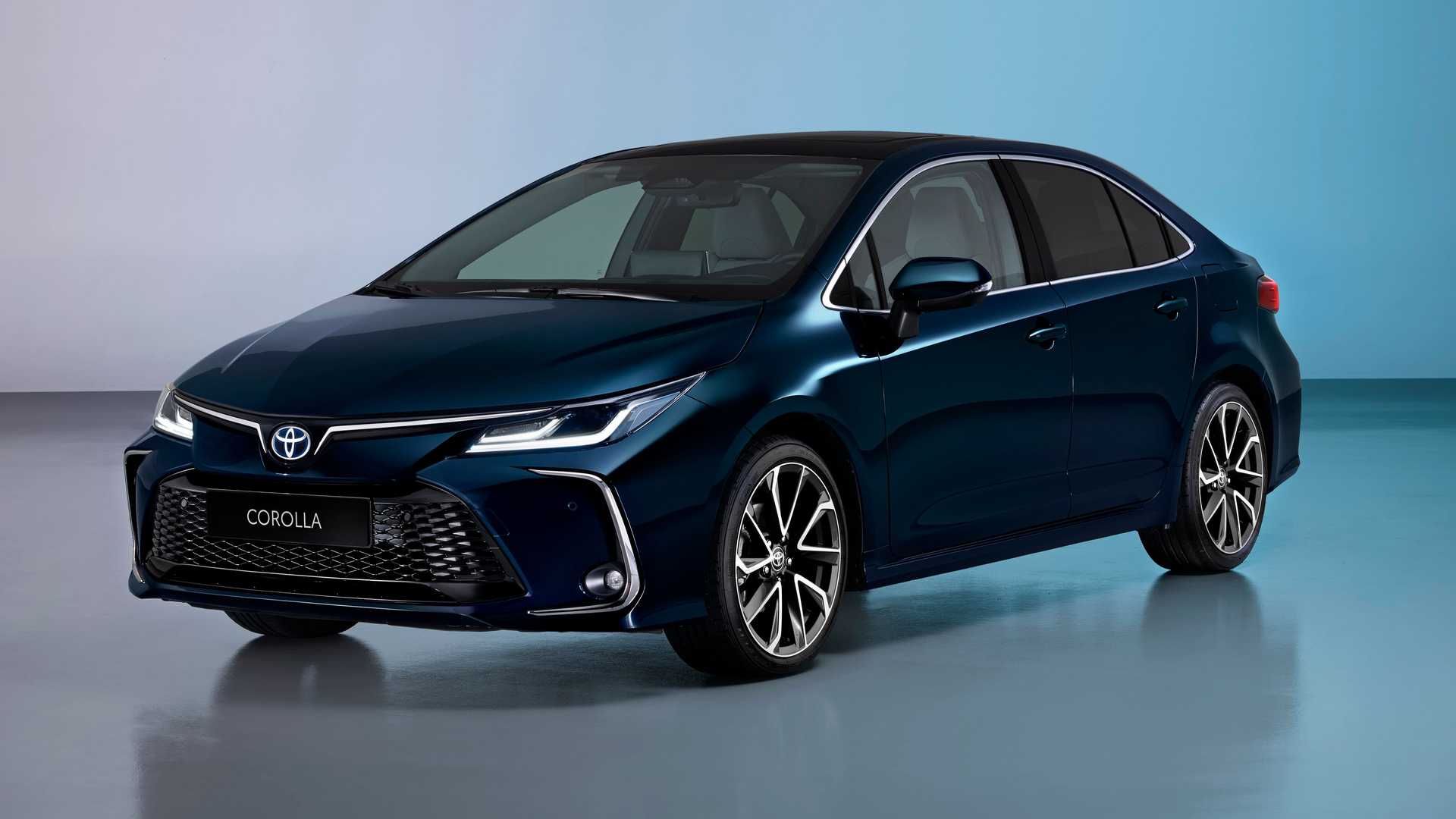
Follow manufacturer instructions for each modification carefully. If you’re unsure about any aspect, consult online guides or professional resources. Here are some general tips:
- Take your time; rushing can lead to mistakes.
- Label parts and screws during disassembly to make reassembly easier.
- Test each modification incrementally to ensure proper function.
Final Checks
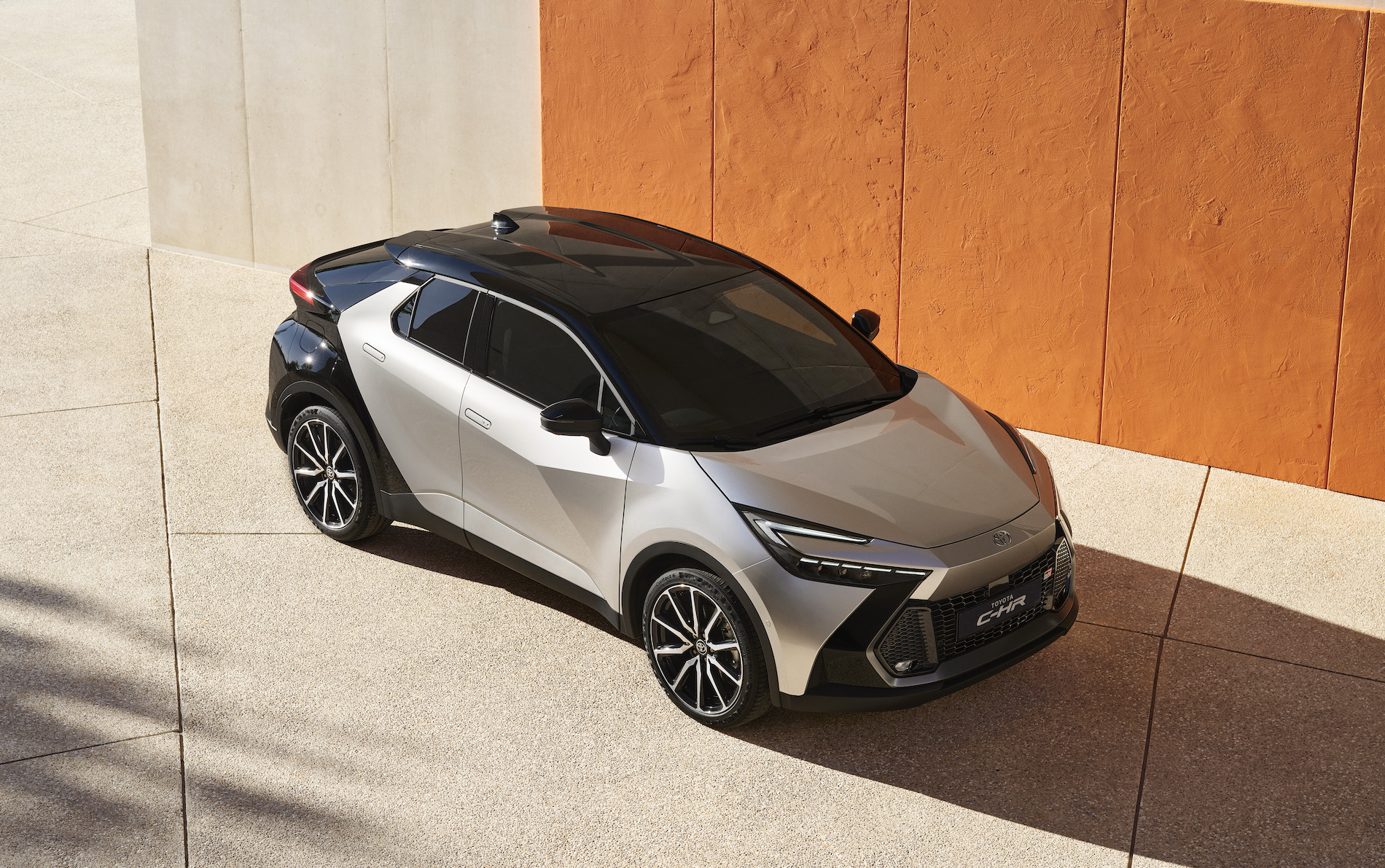
Once all modifications are complete, conduct a thorough inspection. Check for any loose parts, leaks, or unusual noises. Take the Tundra for a test drive to ensure everything operates smoothly.
Conclusion: Enjoy Your Customized Toyota Tundra
Customizing your Toyota Tundra is a rewarding endeavor that enhances both its functionality and appearance. By following this step-by-step guide, you can effectively navigate the customization process, from setting clear goals to executing modifications. Remember to prioritize your objectives, research options, and consider your skills when installing upgrades.
Whether you aim to improve performance, enhance aesthetics, or increase functionality, the right modifications can transform your Tundra into a uniquely personalized vehicle that meets your needs. Embrace the journey of customization, and enjoy the fruits of your labor on every drive!
